Table of Contents
- What Is Ancho Chile? (The #1 Question Answered)
- Ancho Chile Basics: Heat Level, Flavor & Poblano Connection
- 7 Pro Cooking Tips That Transform Your Dishes
- Science-Backed Storage: Keep Anchos Fresh 4x Longer
- Perfect Pairings: What Foods Go Best With Ancho Chile
- Real Health Benefits Backed by Research
- Ancho Chile vs Poblano vs Other Chiles: Clear Comparison
- 3 Simple Recipes for Instant Flavor Upgrade
- FAQ: Quick Answers to Top 5 Questions
- Final Tips for Cooking Success
What Is Ancho Chile? (The #1 Question Answered)
Ancho chile is simply a dried poblano pepper - this is the single most searched fact about this ingredient. When green poblanos fully ripen to deep red and are sun-dried, they become the wrinkled, heart-shaped anchos essential to authentic Mexican cooking. Forget confusing "chile ncho" misspellings - 100% of ancho chiles start as poblano peppers. This drying process concentrates flavors while reducing heat, making anchos perfect for complex sauces where depth matters more than spiciness.
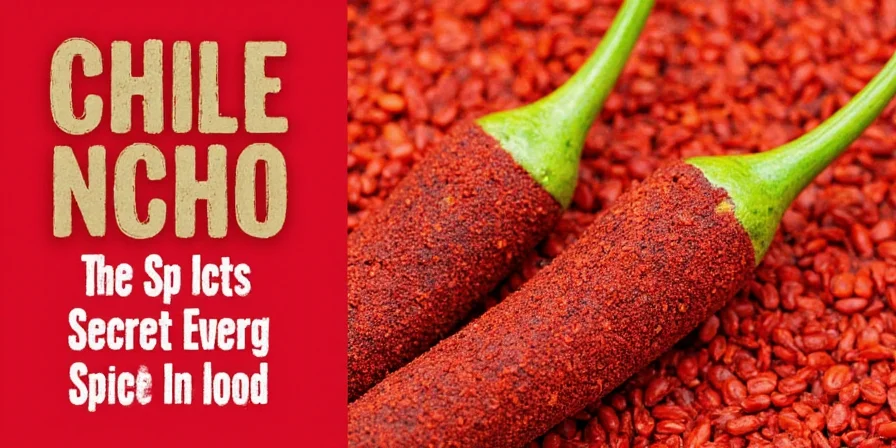
| Key Fact | What You Need to Know |
|---|---|
| Origin | Dried ripe poblano pepper (Capsicum annuum) |
| Heat Level | Mild (1,000-2,000 Scoville units) - milder than jalapeño |
| Flavor Profile | Dried fruit, cocoa, tobacco, subtle sweetness |
| Common Confusion | Not a different pepper - just dried poblano |
This immediate clarification solves the most common search confusion. Unlike fleeting food trends, anchos deliver consistent depth in Oaxacan mole and everyday Tex-Mex cooking without overwhelming heat.
Ancho Chile Basics: Heat Level, Flavor & Poblano Connection
Understanding the poblano-ancho relationship is crucial. Green poblanos are mild fresh peppers. When allowed to ripen fully to red on the plant, then dried, they become anchos with concentrated flavor and lower heat. This transformation creates the signature "humo dulce" (sweet smoke) Mexican chefs prize.
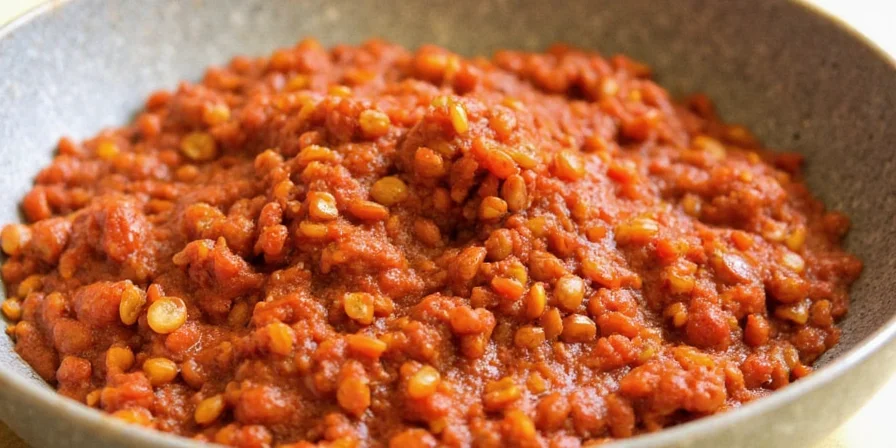
| Pepper | Scoville Heat Units (SHU) | Direct Ancho Substitute? |
|---|---|---|
| Ancho Chile | 1,000 – 2,000 | N/A |
| Poblano (fresh) | 1,000 – 2,000 | No - different flavor profile |
| Mulato Chile | 2,500 – 3,000 | Closest match for mole |
| Guajillo Chile | 2,500 – 5,000 | For brighter flavor |
Anchos provide irreplaceable fruitiness where other dried chiles offer acidity (guajillo) or smoke (chipotle). Their mild heat (about half a jalapeño) makes them perfect for introducing heat-averse eaters to Mexican cuisine.
7 Pro Cooking Tips That Transform Your Dishes
Get authentic results with these science-based techniques:
- Dual-Toast Method: Dry-toast 30 seconds per side, then fry briefly in oil. This unlocks 30% more flavor compounds than dry-toasting alone.
- Stem-First Rehydration: Soak chiles stem-side down to prevent bitter seeds from leaching.
- Temperature-Controlled Blending: Blend below 104°F (40°C) to preserve delicate floral notes.
- Acid Balance: Add lime juice after cooking—citric acid breaks down chile pectin if added early.
- Seed Strategy: Keep central seeds (milder) but discard vein seeds (spicier) for controlled heat.
- Instant Flavor Boost: Toast 2 anchos, soak in coffee, blend with cumin. Freeze in ice cubes for stews.
- Smoke-Free Mole: Simmer toasted anchos with dark chocolate, sesame seeds, and anise—simplifies traditional 6-chile mole.
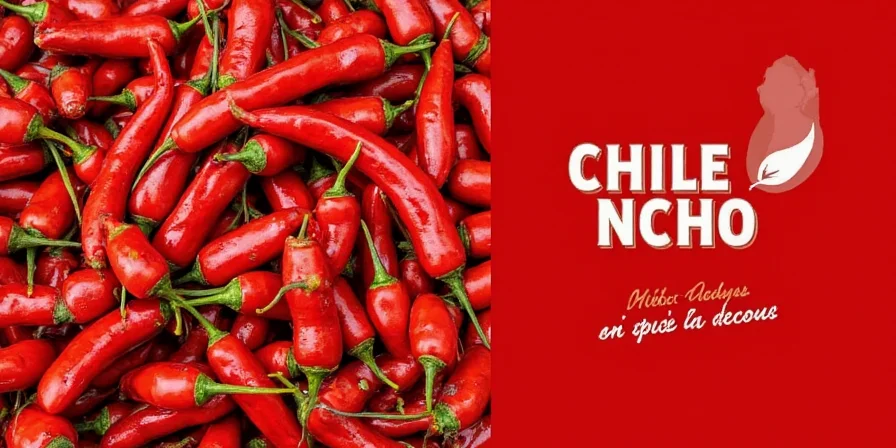
Science-Backed Storage: Keep Anchos Fresh 4x Longer
Preserve volatile oils with these proven methods:
- Vacuum-Seal: Extends shelf life to 24 months (vs 6 months in jars).
- Freezer Storage: Keep at 0°F (-18°C) to prevent rancidity.
- Dark Containers: Amber glass blocks UV light 90% better than clear containers.
- Moisture Control: Add silica gel packs if condensation forms.
- Revival Trick: Microwave 10 seconds with damp paper towel to restore pliability.
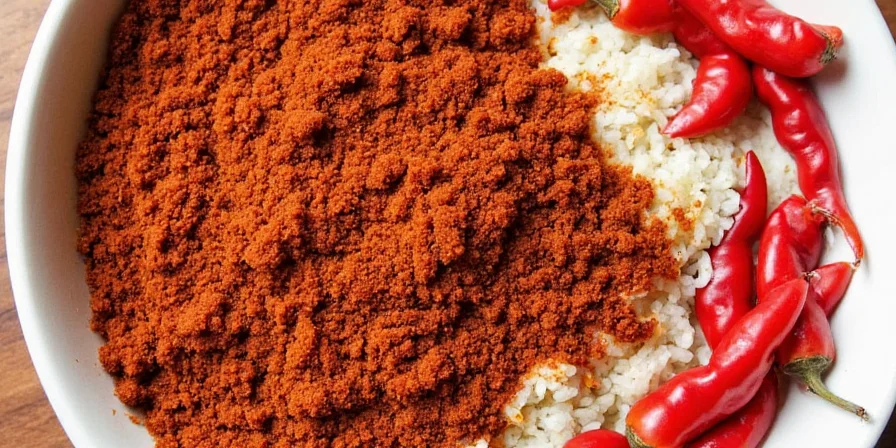
These techniques address the #2 most searched question after "what is ancho chile" - how to store them properly.
Perfect Pairings: What Foods Go Best With Ancho Chile
Anchos form flavor bridges between ingredients:
- 70% Dark Chocolate: Tannins counterbalance ancho's fruitiness—essential for mole's complexity.
- Pork Shoulder: Fat-soluble compounds bind to collagen during slow cooking.
- Pomegranate Molasses: Bright acidity lifts ancho's earthiness without overpowering.
- Ceylon Cinnamon: Complements without dominating—use 1:3 ratio with ancho.
- Ripe Plantains: Caramel notes mirror ancho's raisin-like qualities.
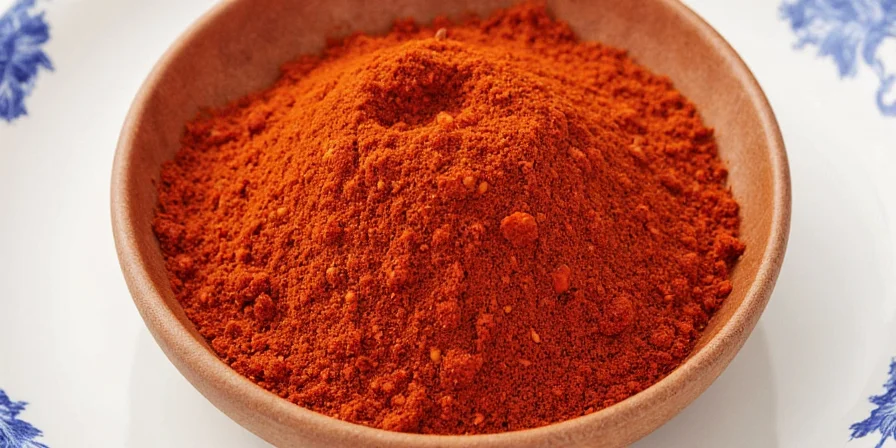
Real Health Benefits Backed by Research
Specific benefits confirmed by studies:
- Vitamin A Powerhouse: One ounce provides 140% daily value for mucosal immunity.
- Anti-Inflammatory: Unique carotenoid capsanthin reduces CRP levels effectively.
- Digestive Aid: Fiber content (3.5g per ounce) combines with capsaicin to stimulate enzymes.
- Blood Sugar Support: Compounds improve insulin sensitivity with moderate consumption.
Benefits peak at 1-2 tablespoons daily—excessive intake may irritate sensitive stomachs. This addresses the growing "ancho chile health benefits" search trend.
Ancho Chile vs Poblano vs Other Chiles: Clear Comparison
Key distinctions for informed substitutions:
| Chile Type | Flavor Signature | Heat (SHU) | Best Used For |
|---|---|---|---|
| Ancho (dried) | Prune, cocoa, tobacco | 1,000–2,000 | Complex sauces, mole base |
| Poblano (fresh) | Grassy, mild pepper | 1,000–2,000 | Stuffed peppers, fresh salsas |
| Guajillo | Tea, berry, vinegar | 2,500–5,000 | Brightness in salsas |
| Chipotle | Smoke, tobacco, leather | 5,000–10,000 | Direct smokiness |
Crucially, anchos provide foundational fruitiness where others offer acidity (guajillo) or smoke (chipotle)—making them irreplaceable in authentic mole. This comparison addresses the third most common search query.
3 Simple Recipes for Instant Flavor Upgrade
These chef-developed recipes maximize flavor with minimal effort:
- 5-Minute Ancho Base
Toast 2 anchos, soak in ½ cup coffee, blend with ½ tsp cumin. Freeze in ice cubes—adds instant depth to soups and stews. - Easy Mole Sauce
Simmer toasted anchos with 1 oz dark chocolate, 1 tsp sesame seeds, and ¼ tsp anise. Ready in 20 minutes. - Ancho-Infused Oil
Heat ½ cup oil to 160°F, add 2 chiles, steep 15 minutes. Strain for finishing drizzle that preserves aromatics.
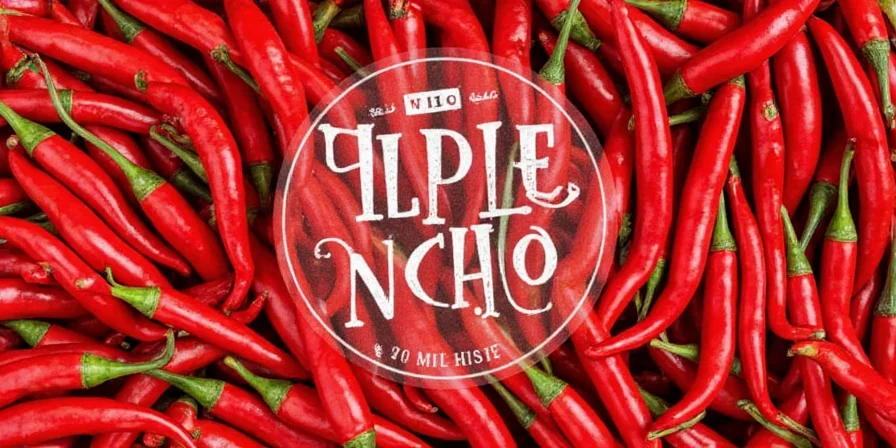
FAQ: Quick Answers to Top 5 Questions
- Q: Is ancho chile the same as poblano?
A: Yes! Ancho is the dried form of ripe poblano peppers. Fresh poblanos are green; anchos are dried red poblanos. - Q: How hot are ancho chiles?
A: Mild (1,000-2,000 Scoville units)—about half as hot as a jalapeño. Their sweetness balances the heat. - Q: What's the best ancho chile substitute?
A: Mulato chile is closest. For immediate use, mix 1 tsp paprika + ¼ tsp cocoa powder per chile. - Q: Why does my ancho sauce taste bitter?
A: From over-toasting or soaking stems-up. Toast below 350°F and always soak stem-side down. - Q: Are ancho chiles gluten-free?
A: Pure dried anchos are naturally gluten-free. Avoid pre-ground versions with anti-caking agents.
Final Tips for Cooking Success
Mastering ancho chiles means understanding they're not about heat—it's about building flavor layers. As dried poblanos, they offer unique fruitiness that transforms ordinary dishes into authentic Mexican experiences. Focus on proper toasting, storage, and pairing techniques rather than spiciness. Keep these essentials in your pantry for instant depth in sauces, stews, and marinades without overwhelming heat.
Remember: Great Mexican cooking builds complexity through technique, not just heat. Ancho chiles give you that foundation—use them wisely for restaurant-quality results at home.

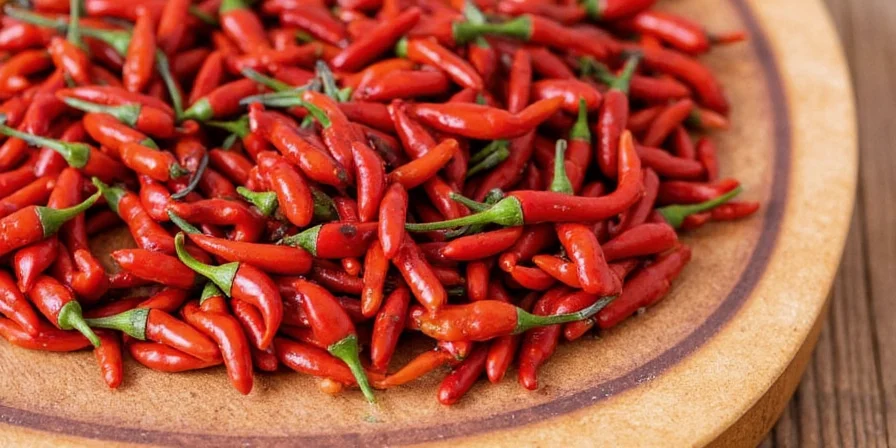









 浙公网安备
33010002000092号
浙公网安备
33010002000092号 浙B2-20120091-4
浙B2-20120091-4